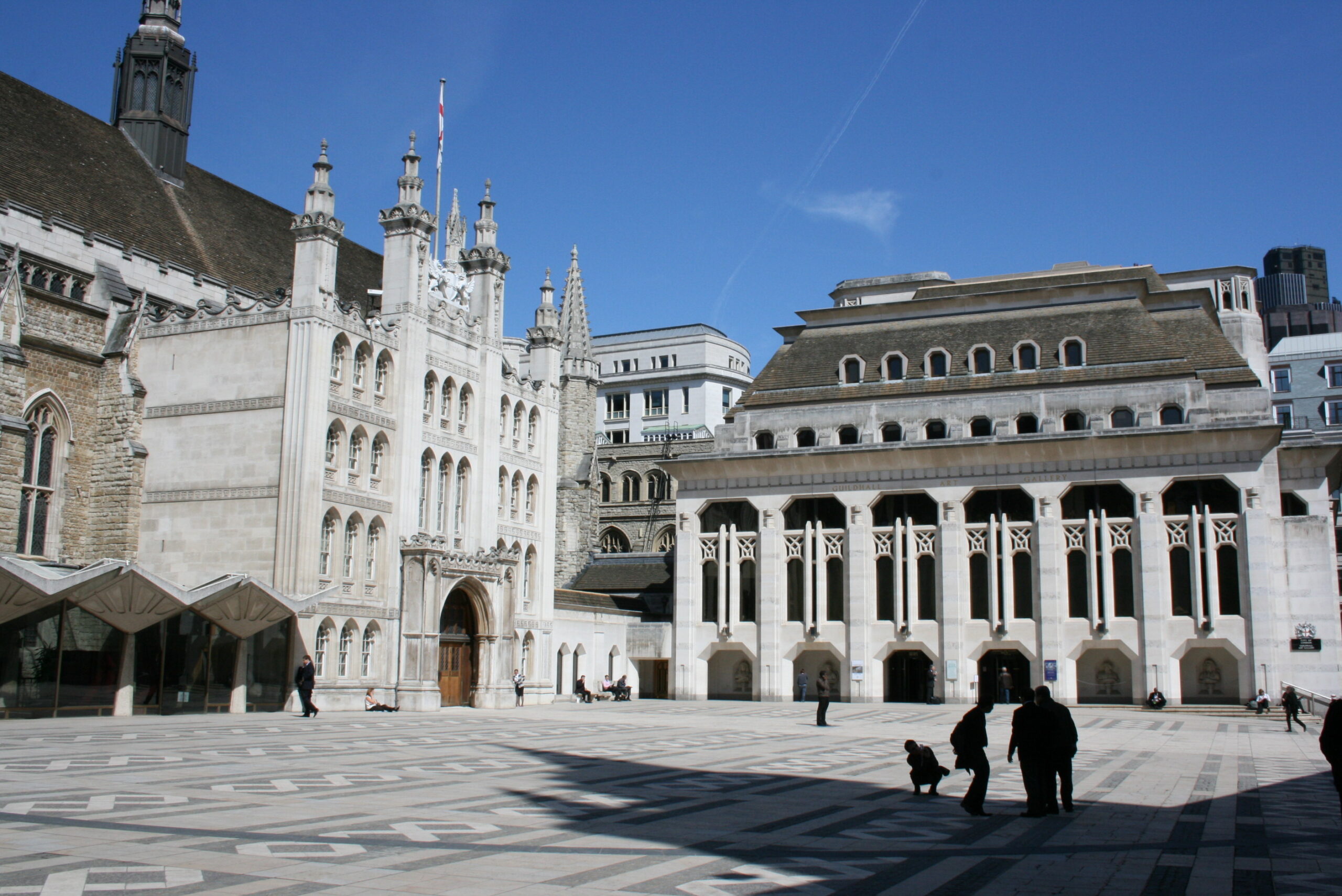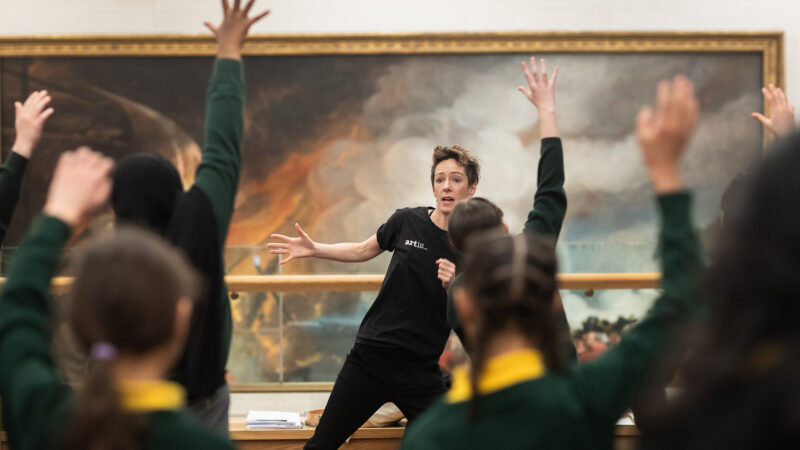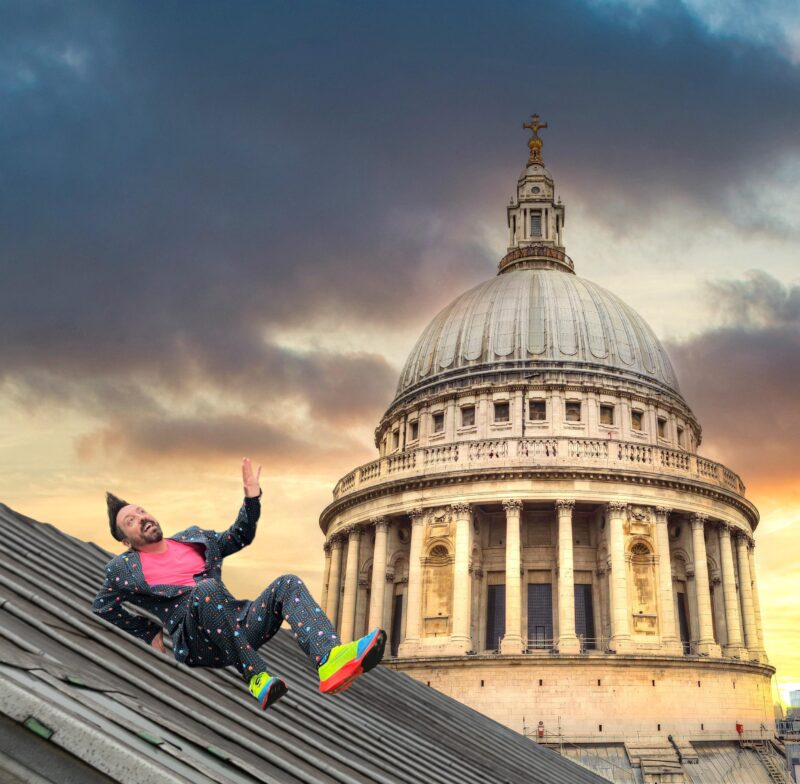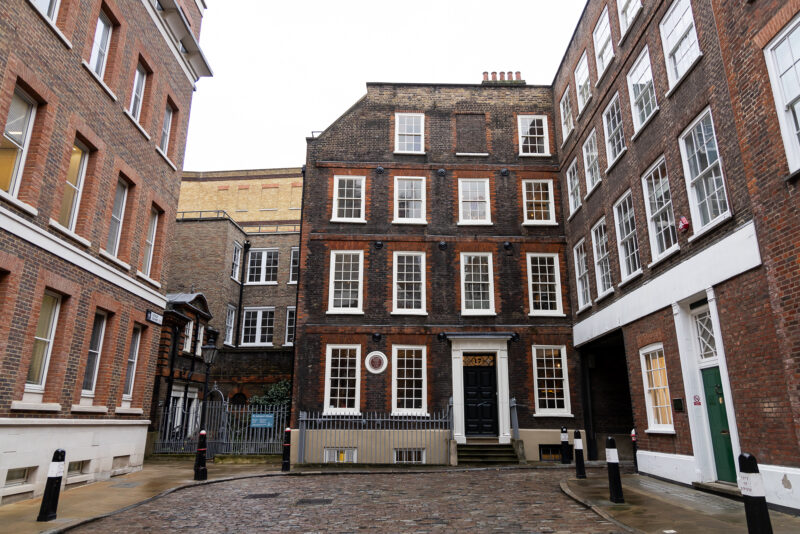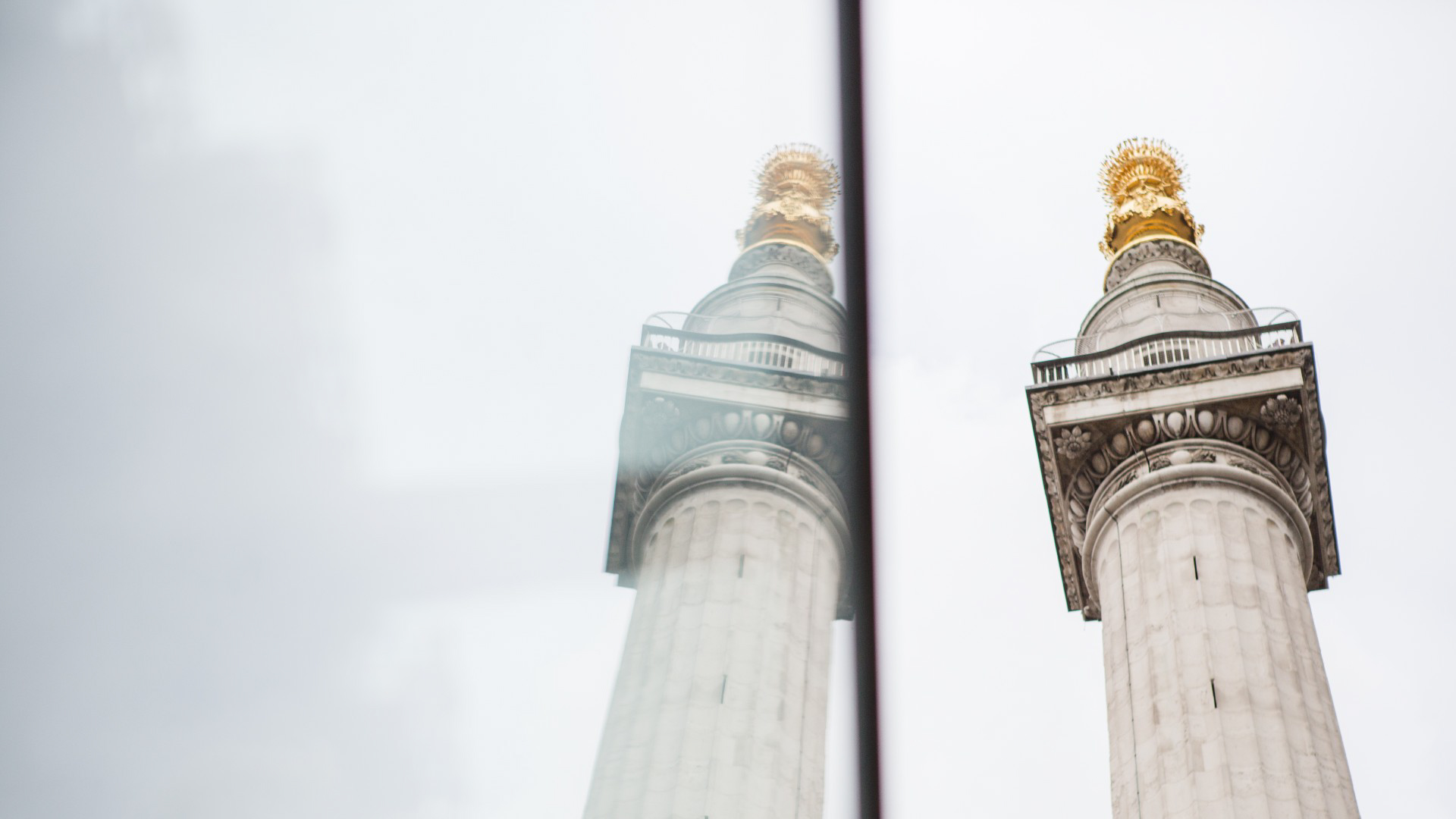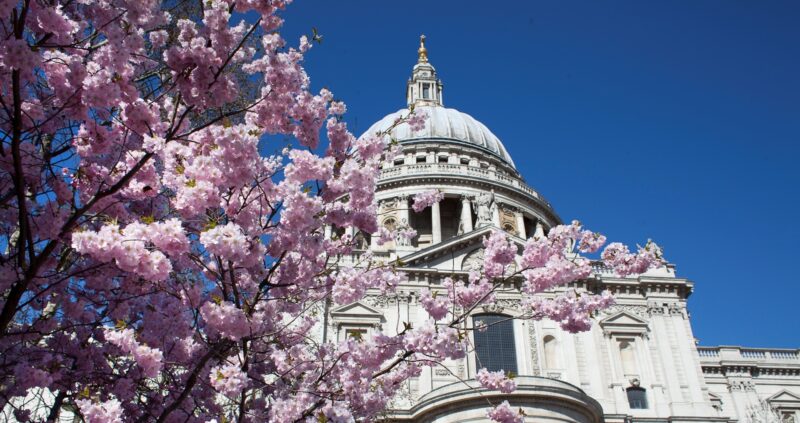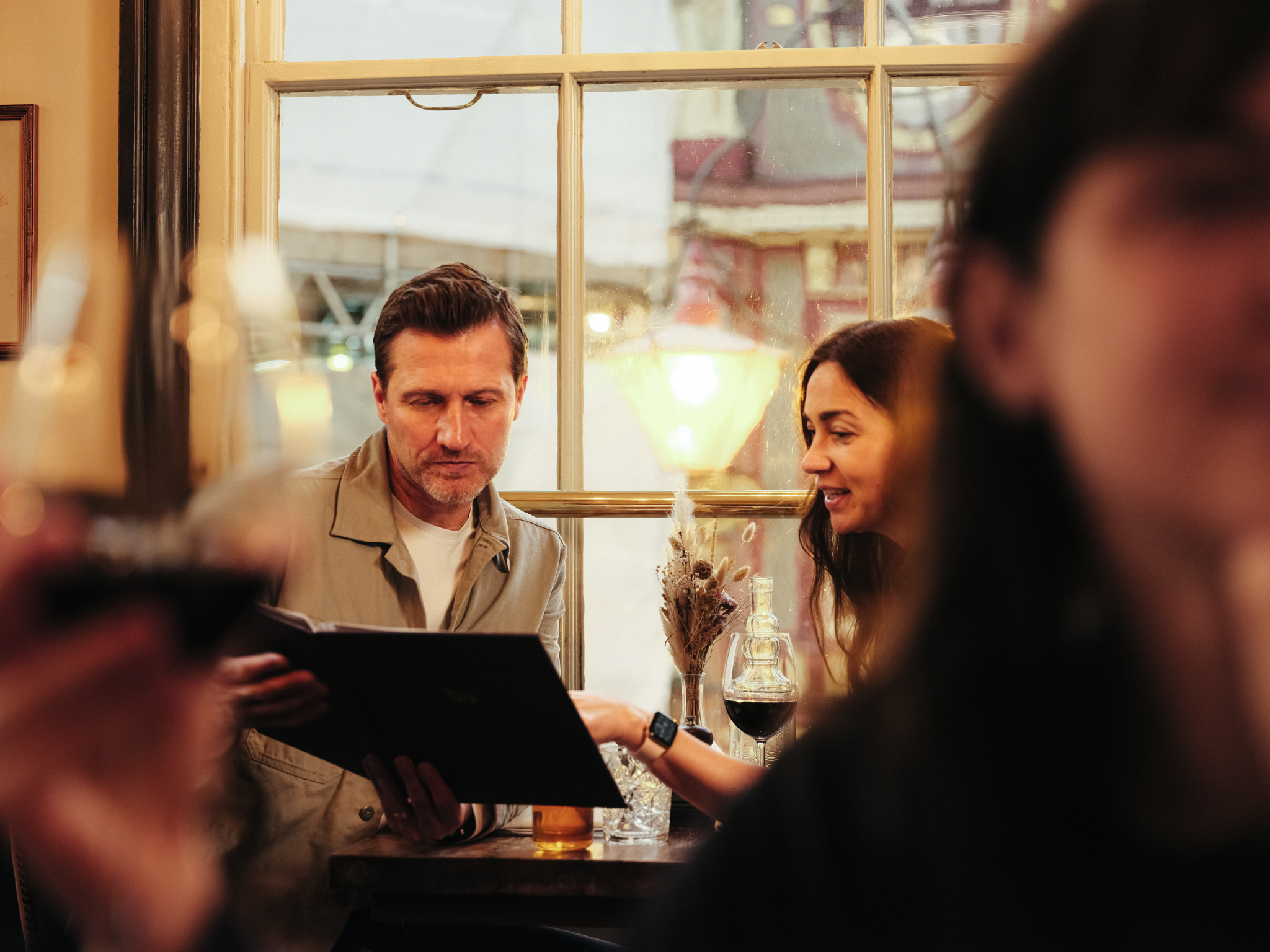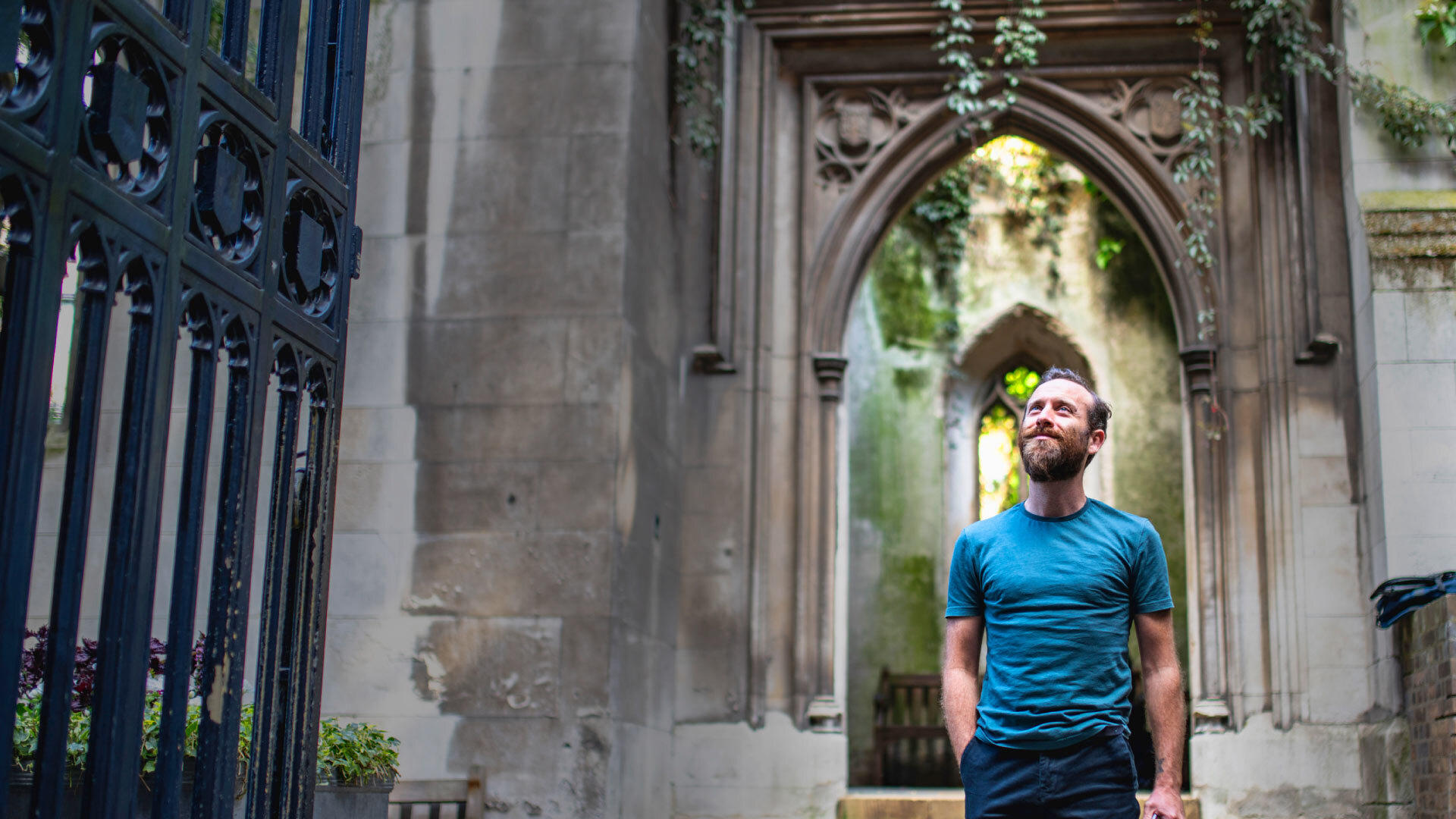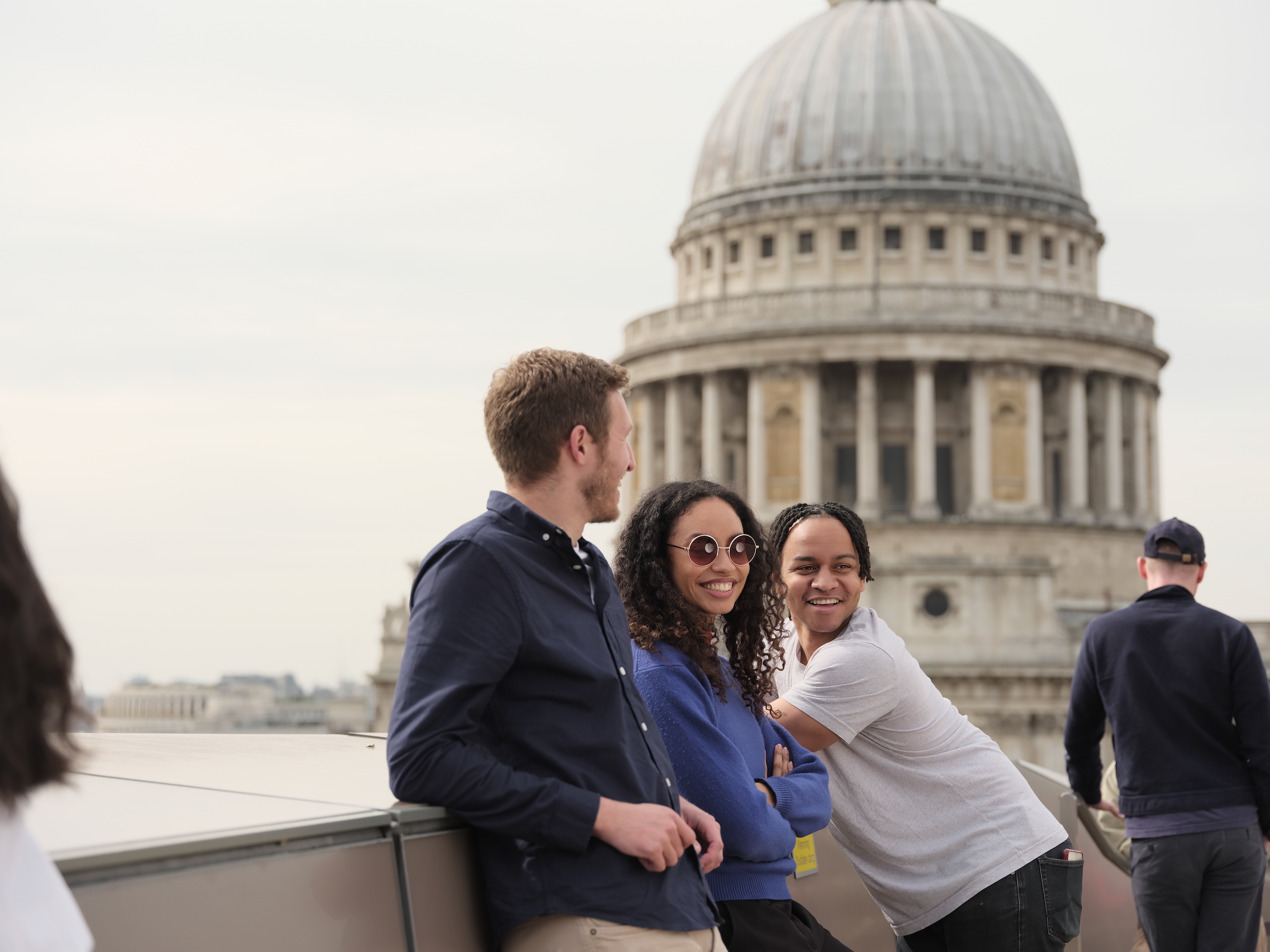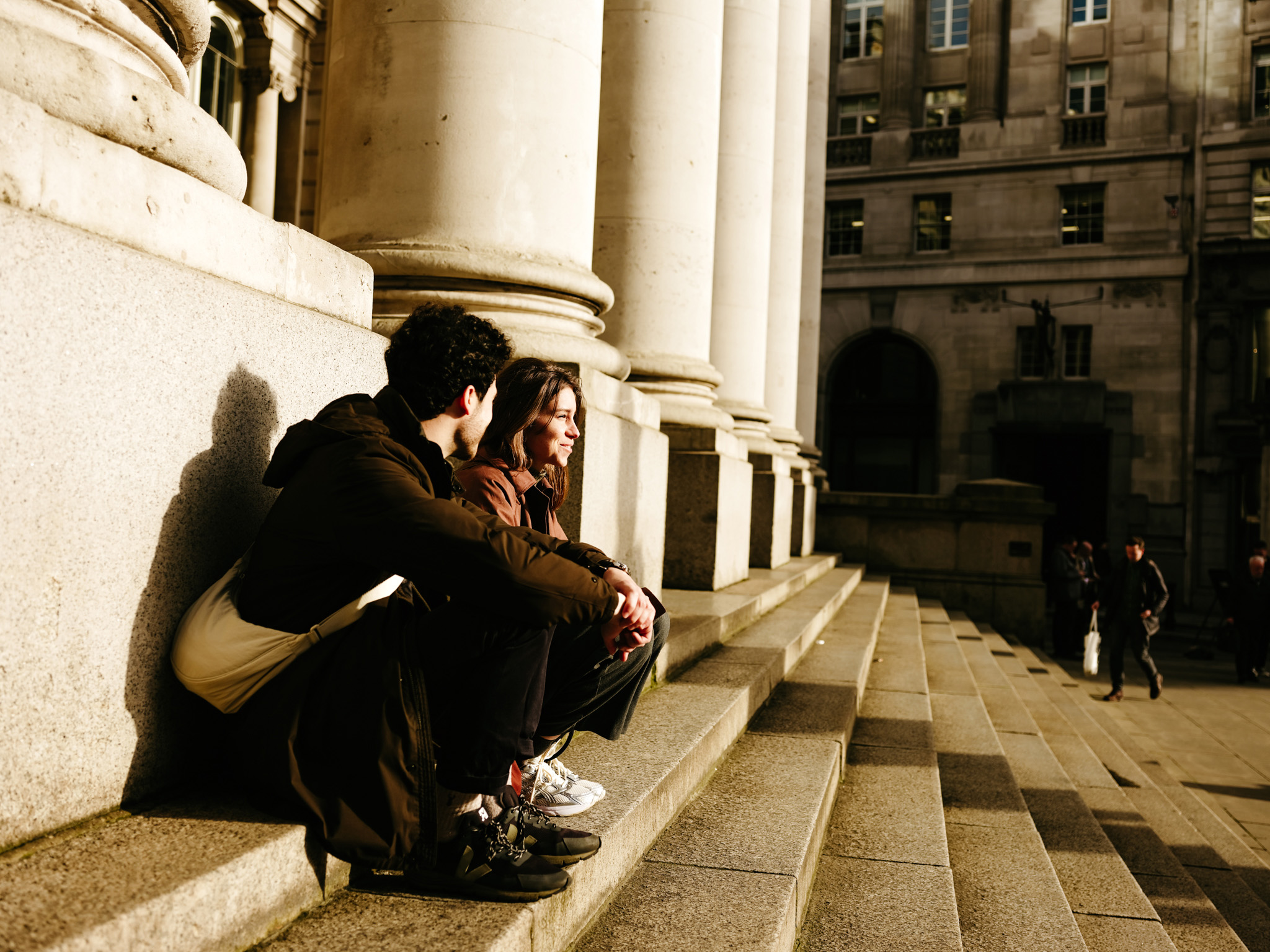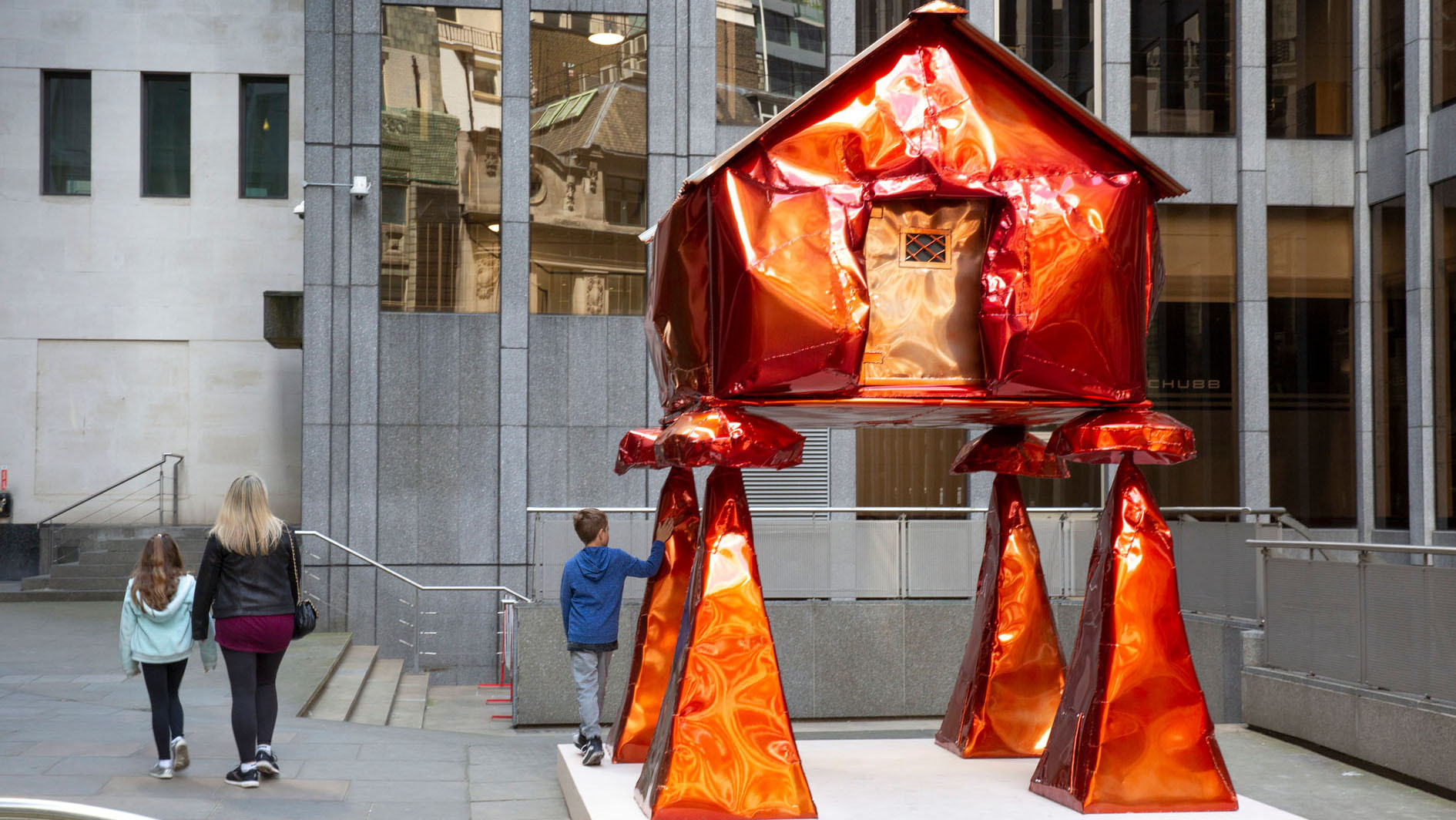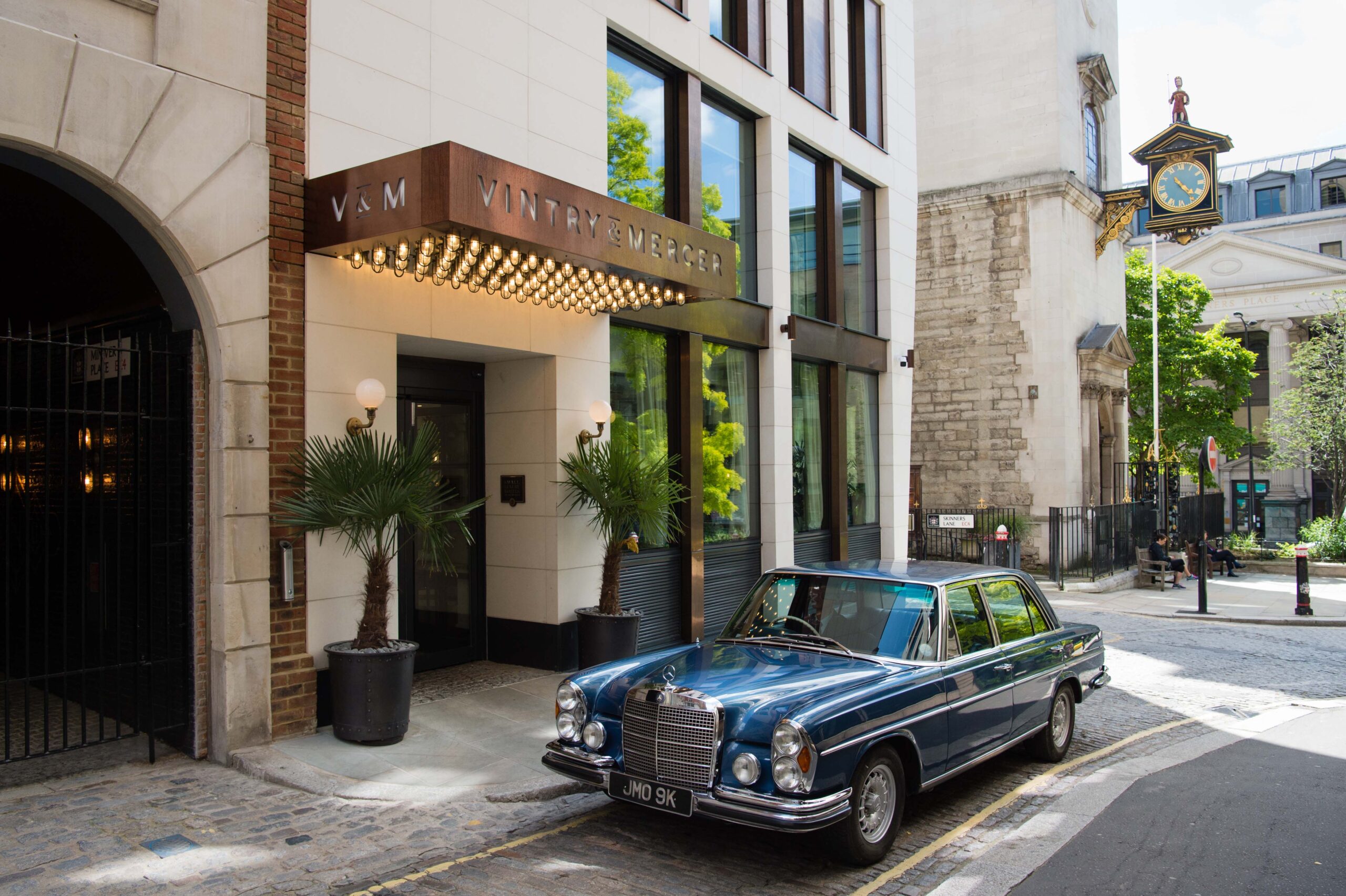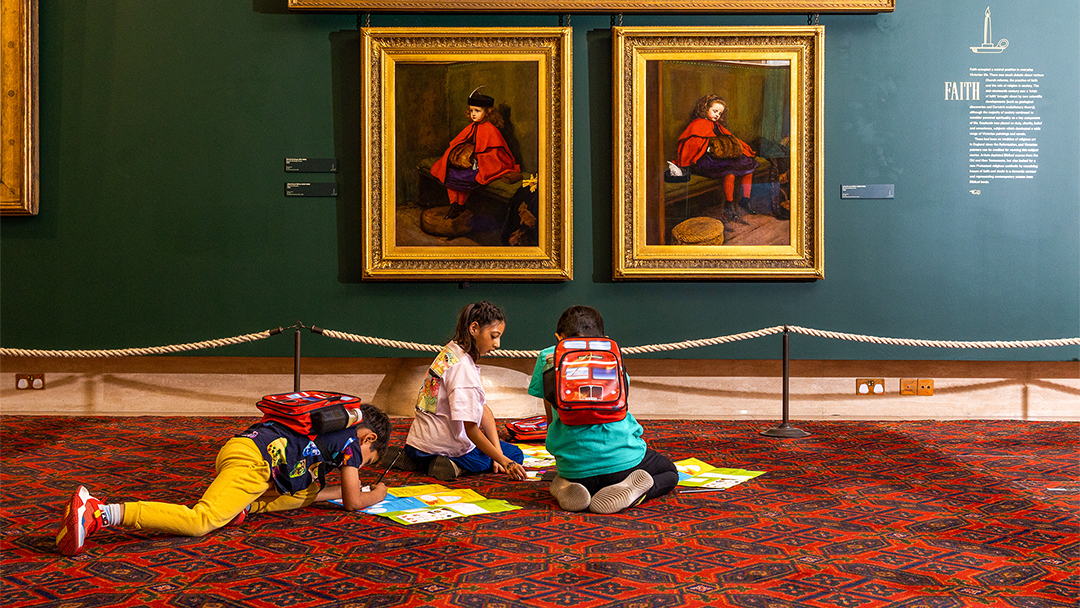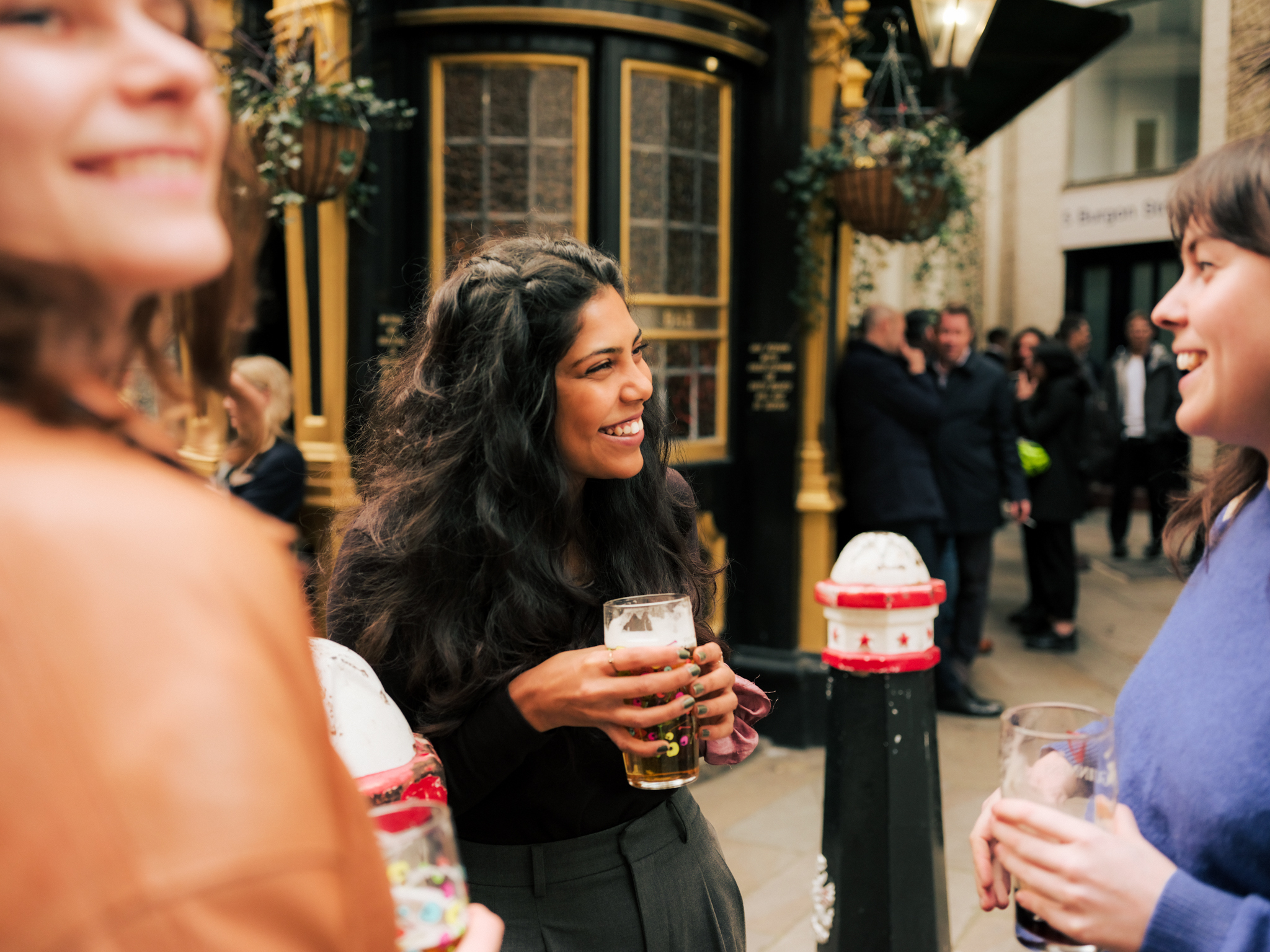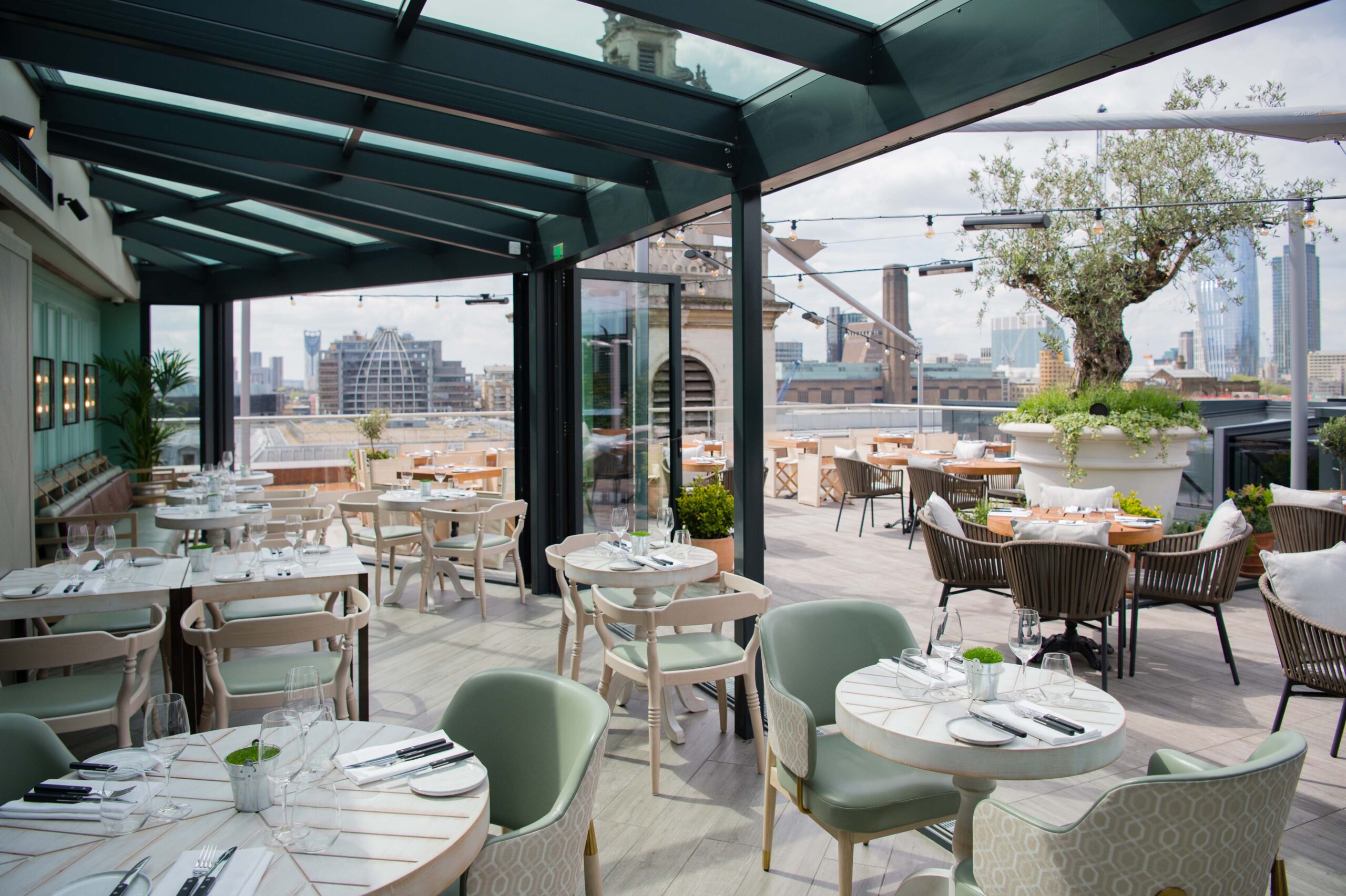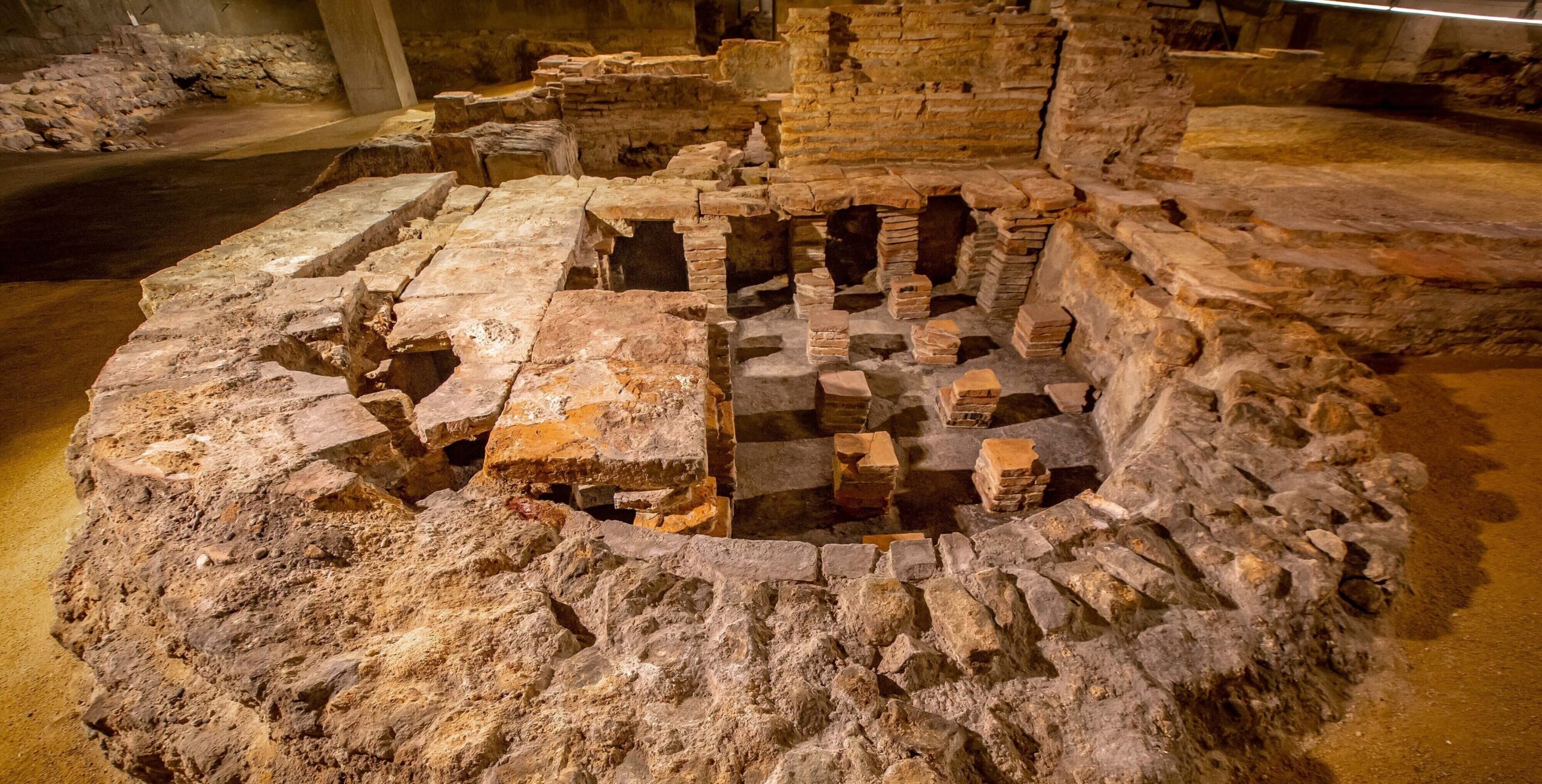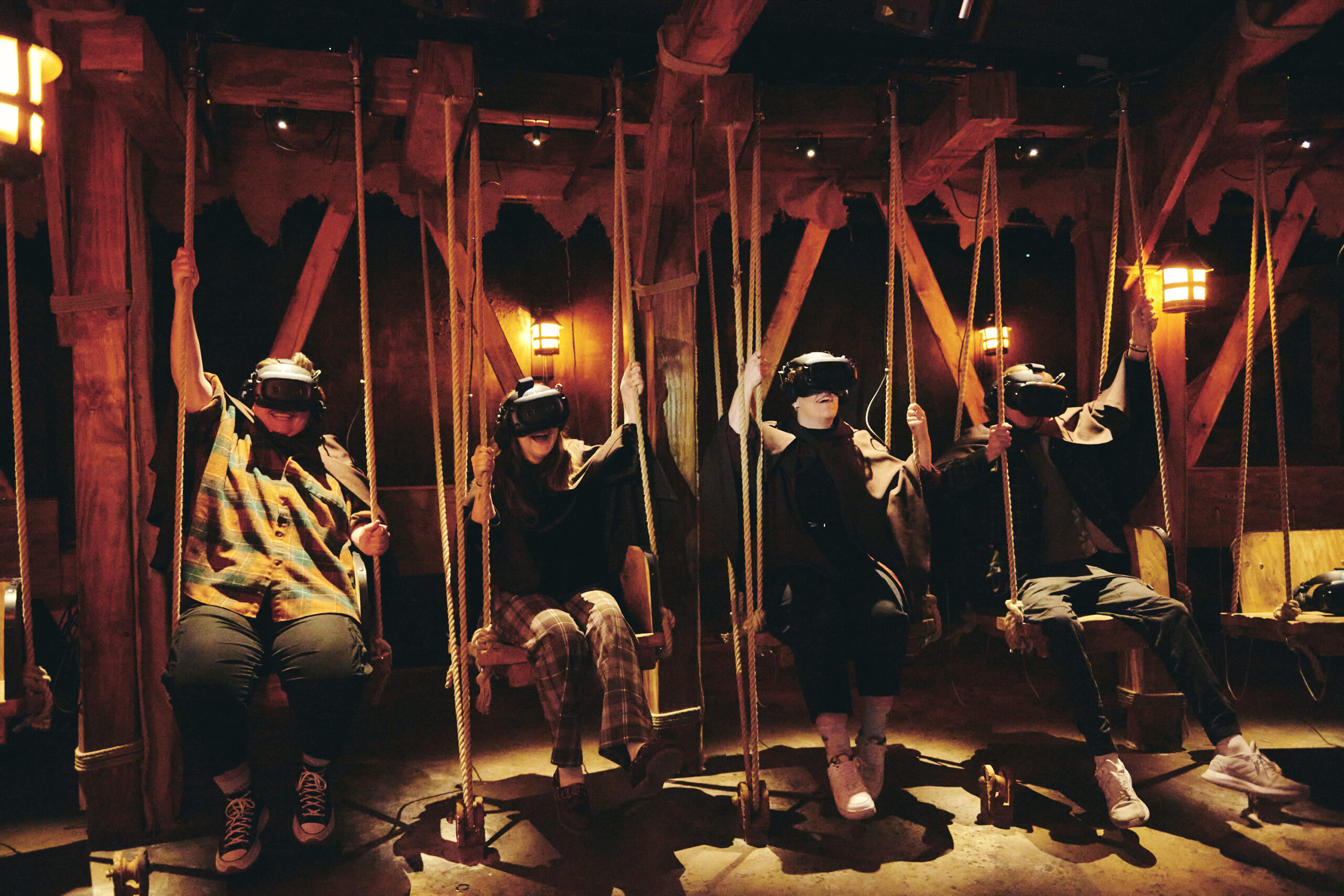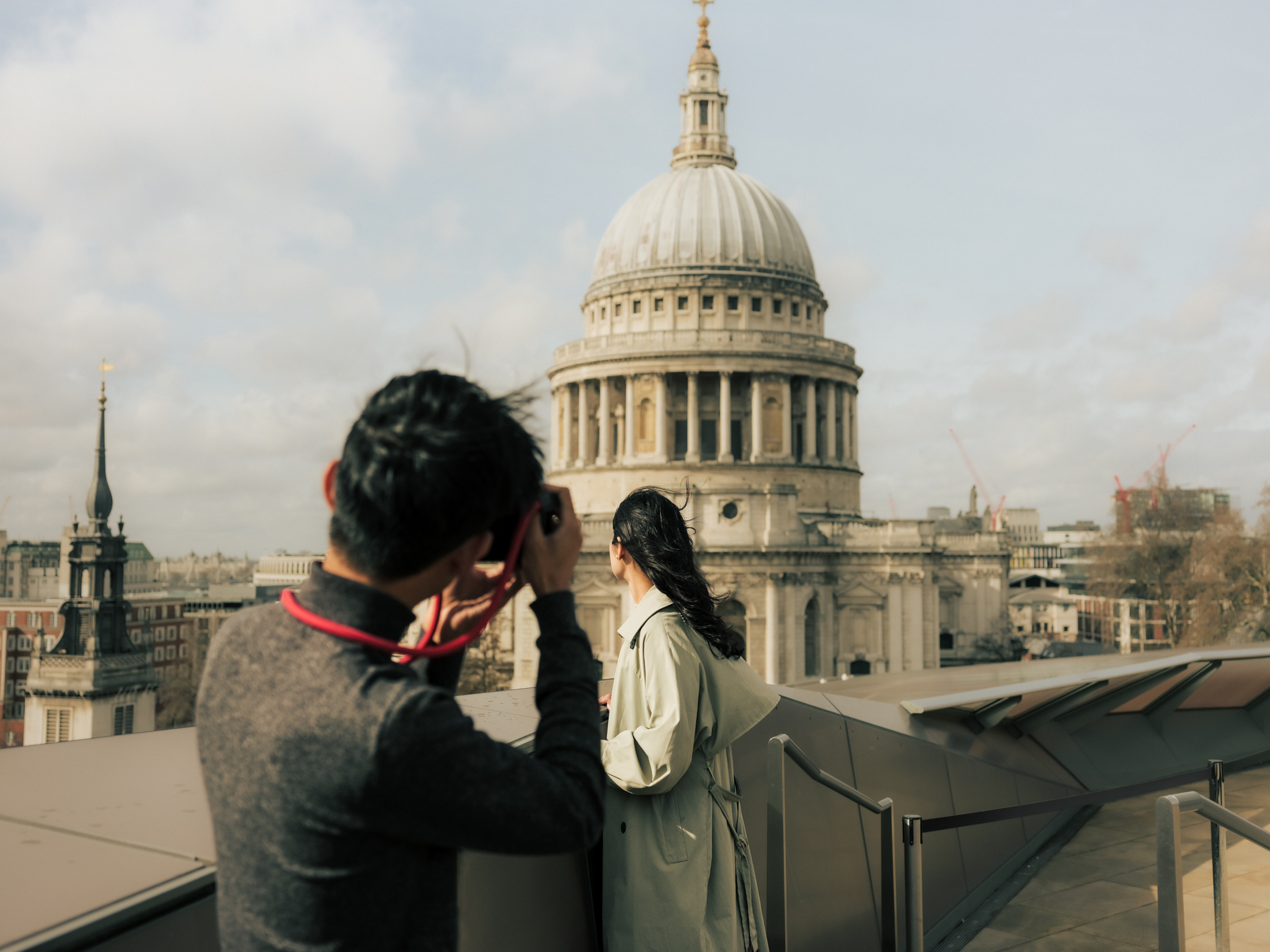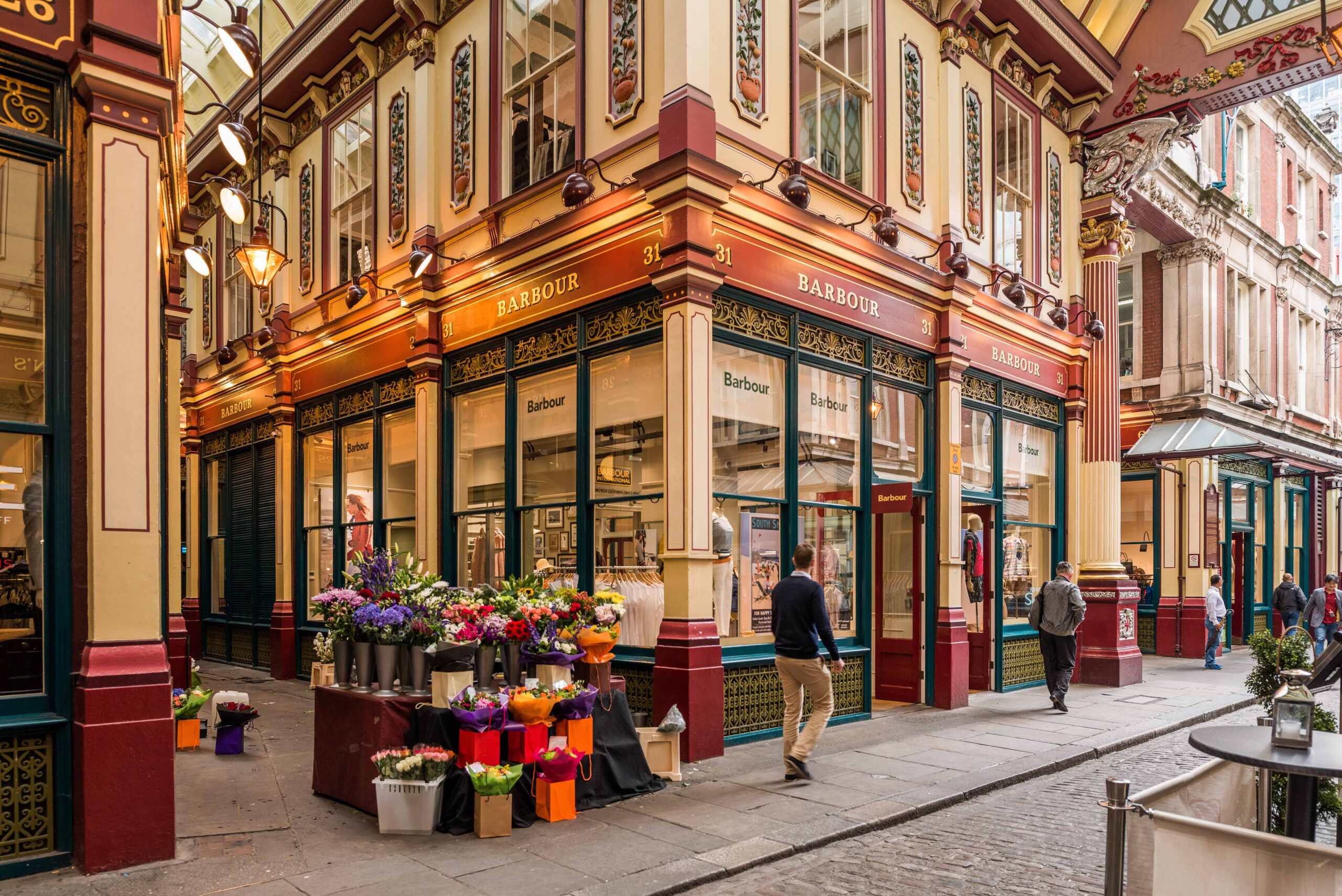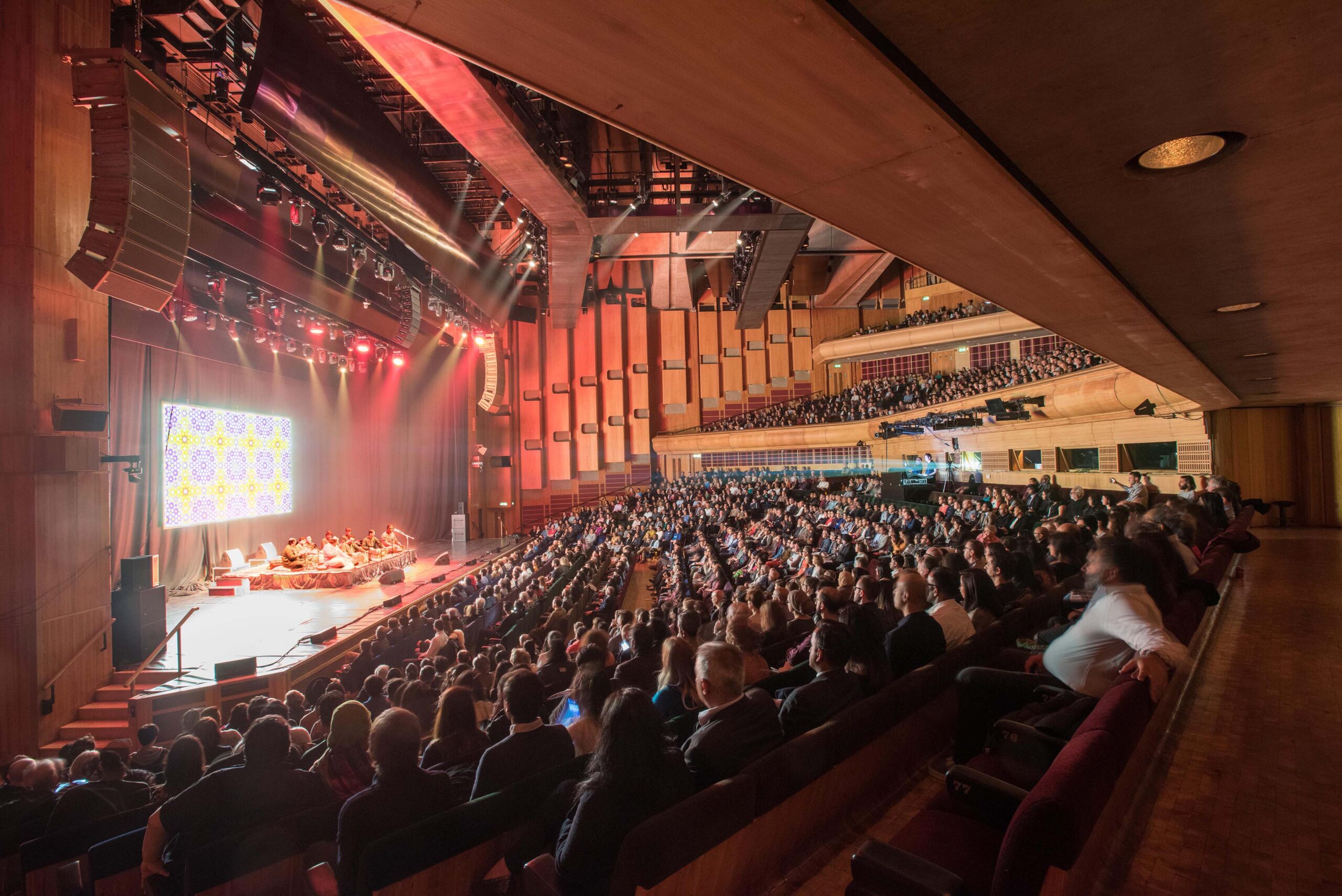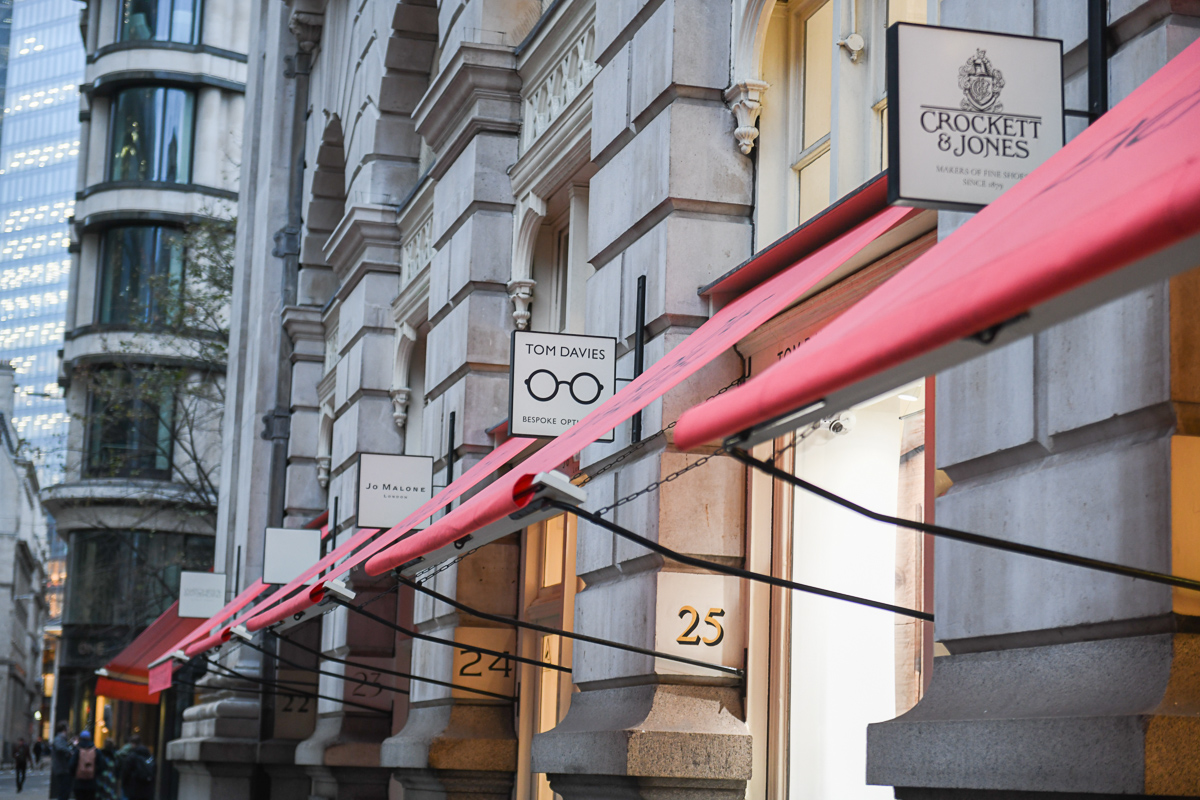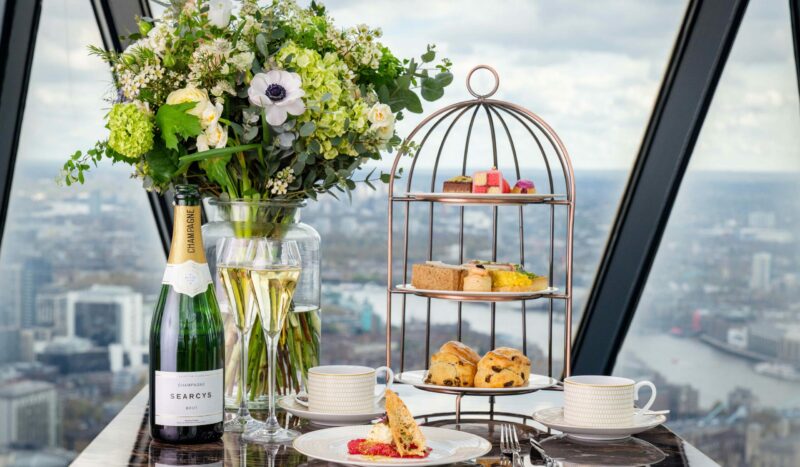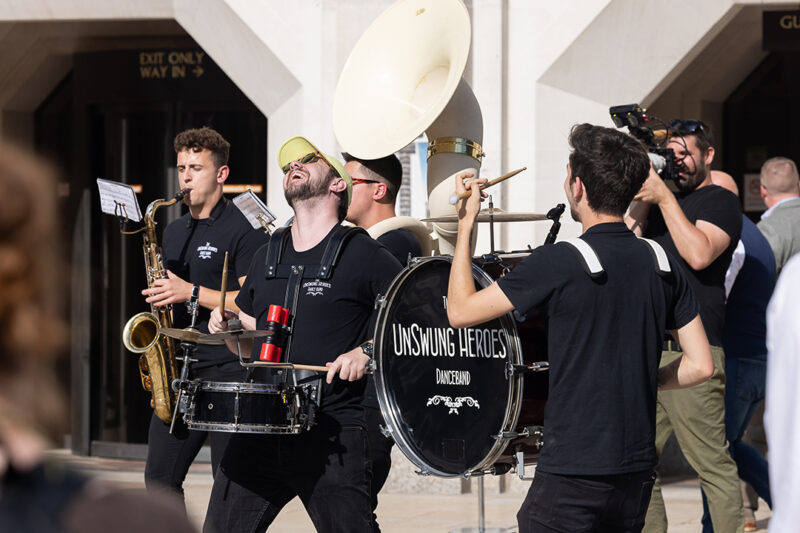
Shhh…don’t tell anyone but the City is hiding some secrets, and you’re about to find out how to discover them.
The City’s two thousand year-old story weaves through old Roman ruins, narrow medieval alleyways and contemporary plazas. It’s told in churches, parks, pubs and townhouses. And there are many chapters of this story that not a lot of people know about.
Whether you love art, history or simply a good old snoop around, there’s a treasure trail of hidden gems to find in just one square mile – the Square Mile.
Memorial to heroic sacrifice at Postman’s Park
In a peaceful corner of Postman’s Park is a wall displaying 53 hand-lettered Doulton tiles describing tales of ordinary people doing extraordinary deeds. Created by the Victorian painter G F Watts, the Watts’ Memorial Cloister serves as a permanent tribute to everyday heroes whose selfless acts may have otherwise gone forgotten.
- Open daily from 8am to 7pm (or dusk if earlier).
Dr Johnson’s House
Nestled among the alleyways, you’ll find this charming townhouse where the first ever English dictionary was compiled. Built around 1700, it’s one of the few residential houses of its age still standing in the City. Samuel Johnson toiled over the definitions of every word in the English language while living here between 1748 and 1759.
- You can explore Dr Johnson's house, now restored to its original condition, (usually open on Mondays, Thursdays, Fridays and Saturdays).
The London Stone
It has featured in the works of Shakespeare, Blake and Dickens, and today takes pride of place encased in a wall on Cannon Street. But the history of this ancient stone, considered one of London’s greatest relics, remains a mystery. It’s believed to have formed part of an altar built by Brutus, the Trojan and legendary founder of the City. Let’s hope it stays put on Cannon Street as the proverb goes, “So long as the stone of Brutus is safe, so long shall London flourish”.
- View the London Stone anytime, at 111 Cannon Street, opposite Cannon Street station.
St Dunstan in the East Garden
Take a moment to relax in this tranquil paradise hidden in the City. This magnificent Gothic church was largely destroyed by bombing during the Blitz in 1940s, leaving only Christopher Wren’s steeple and some of its walls intact. In the 1970s, St Dunstan in the East and its surrounding area was transformed into a green space that continues to provide the public with an oasis set back from the busy City streets.
- Open daily from 8am to 7pm (or dusk if earlier).
Queenhithe Mosaic
On the north bank of the Thames - near the Westin London City Hotel - the Queenhithe Mosaic sits hidden away on the riverside wall. Marking the site of a 12th Century port, the stunning mosaic reveals key moments across the 2000-year
history of the City. Take a look across the river too, and you’ll see Shakespeare’s Globe to the south.
- View the Queenhithe Mosaic at any time. Follow the riverside path to Queenhithe, or take the bridge across Upper Thames Street near Little Trinity Lane.
London's Roman Amphitheatre
Underneath Guildhall Yard, is the site of London’s Roman Amphitheatre. This large outdoor theatre — like the Colosseum in Rome — was once the stage for eclectic events like animal fights, devotional ceremonies and public executions. Heading into the basement of the Guildhall Art Gallery, you’ll be able to see what remains of this immense stone structure.
- Free entry to the Amphitheatre during opening hours for Guildhall Art Gallery.
- Find more Roman Ruins across the City of London.
Fen Court and The Garden at 120
Just off Fenchurch Street, you’ll stumble upon a tranquil garden with a labyrinth on surface level, installed in 2010 on the site of an old church which can be used as an aid for mindfulness. You’ll also notice a large granite sculpture made up of a group of columns surrounding a podium. The columns are of varying heights and can be viewed as stems of sugar cane or a crowd of people. Gilt of Cain — by sculptor Michael Visocchi and poet Lemn Sissay — was introduced to Fen Court in 2007 to mark the 200-year anniversary of the abolition of the trans-Atlantic slave trade.
Nearby, you'll find the entrance to a hidden rooftop oasis - The Garden at 120. Free entry, no pre booking required.
- Visit Fen Court street level at any time, check The Garden at 120 opening times.
St Helen's Bishopsgate Church
Nestled among some of London’s tallest and most iconic buildings is the church that was once attended by William Shakespeare in the 16th Century. The church’s outer structure dates largely from the 13th Century. The unusual double façade is a reminder of the two churches that once stood side-by-side; the nuns’ choir to the North and the parish church to the South which were once separated by a row of arches and a screen.
- The exterior of the church can be viewed at anytime from Great St Helen's and from Undershaft. See if you can snap an image of old vs new, with the Gherkin peeking up in the background behind St Helen's Bishopsgate.
The Harold Samuel Collection at Mansion House
Described as the finest private collection of 17th century Dutch and Flemish paintings to be formed in Britain over the past century, you can only set eyes on the Harold Samuel collection by prior appointment. Including paintings by masters such as Frans Hals, Nicolaes Maes and Jacob van Ruisdael, these collected works were acquired by Lord Samuel then bequeathed to the City of London in 1987 for permanent display in the Lord Mayor’s residence, Mansion House.
- To view, plan ahead – tours should be prearranged a few months in advance to guarantee a rare look at this collection.
- Find out more about the Lord Mayor of the City of London.
The Grand Staircase at St Bartholomew’s Hospital - closed for restoration works until late 2024
Painter William Hogarth is probably best known for his satirical etchings but on the staircase of St Bartholomew’s, one of London’s oldest hospitals, two little-seen but large and impressive Hogarth paintings show a rare example of the artist’s attempt to paint a picture in the grand historical style. The Good Samaritan and Christ at the Pool of Bethesda depict two biblical stories relating to care of the sick and injured.
- After the restoration works end (late 2024), you'll be able to see the paintings through a doorway at the back of Barts Hospital Museum.
